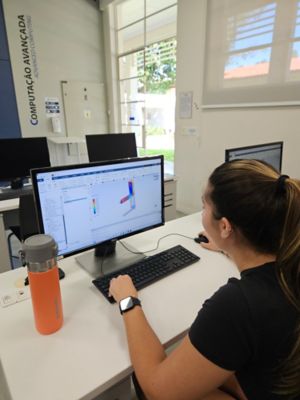The study of computational fluid dynamics started in the early 20th century when mathematical models were first developed to address fluid flow. As computers emerged in the mid-20th century, the field quickly evolved thanks to their calculation speed and ability to model increasingly complex problems.
Early development (1900s-1940s):
The basic governing equations for fluid flow, known as the Navier-Stokes equations, are developed. These equations provide the theoretical framework for understanding fluid behavior.
Computers emerge (1950s-1960s):
This turning point in CFD made it possible to perform complex calculations at high speed and get answers to fluid flow problems once considered impossible to solve.
Numerical methods (1960s-1970s):
Applying numerical methods gave researchers the ability to divide a domain into a grid of smaller elements to solve for fluid properties within each element. This allowed for more complex geometries and boundary conditions to be analyzed.
High-Performance Computing (HPC) (2000s-Present):
With advancements in HPC, running larger, more complex CFD models in less time is possible. The massive processing power of HPC allows engineers to perform extremely large computations on complex processes, such as analyzing a whole aircraft in flight.



No comments:
Post a Comment